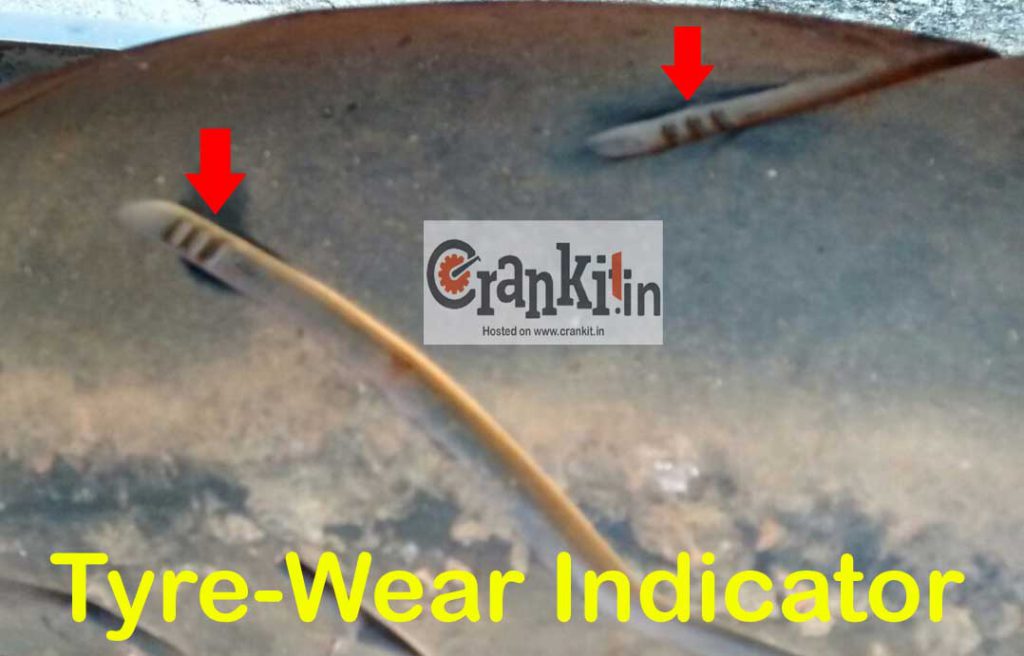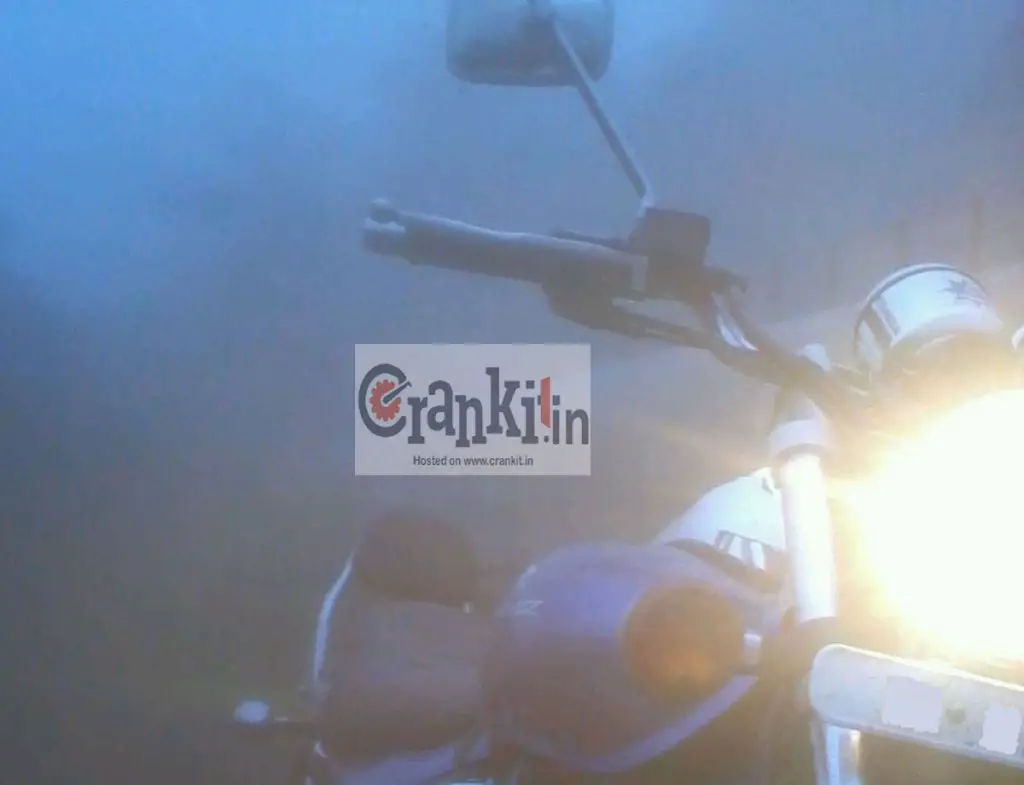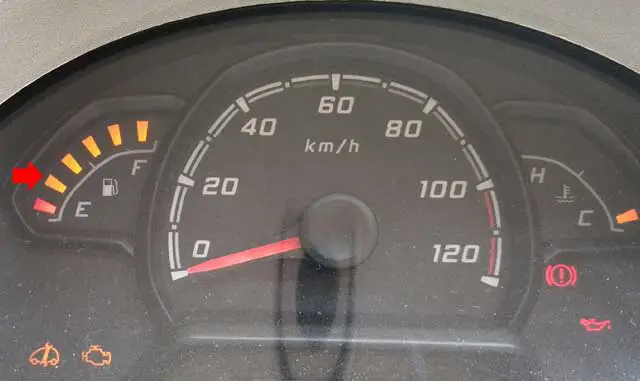Have you checked your monsoon preparedness yet?
Following are the Top-5 monsoon tips will surely make your drive safer…!!!
It’s been raining in most parts of India by now. Although, the monsoon brings good omen to people; it could also cause trouble if adequate precautions are not taken while driving/riding during the rainy season. We have compiled a list of Top-5 monsoon tips with do’s & don’ts to make this rainy season safer for motorists.
It doesn’t matter how skilled you are or how long have been riding your bike or driving your car when it comes to the rainy season. Although the traffic rules remain the same, the application of the technique drastically changes while riding/driving in the rain than under dry, sunny conditions. This is mainly due to poor visibility on roads, foggy and windy conditions; which could affect the rider’s ability to control.
Top-5 monsoon tips:
Keep your speed under check. This is important. In Indian cities, 40 km/h is the maximum safe speed to ride a bike in rainy conditions. The speed makes a lot of difference when skidding of the bike occurs. Skidding at the speed of above 40 km/h could cause more damage to your body & bike than what it could do at below 40 km/h. Slippery & wet conditions also make the cornering very tricky. So, take extra care, especially when riding in the rains.
Top-5 Monsoon Tips: 1. Driving in the rain:
Avoid entering the road logged with above knee-high water as the water could enter the engine thru’ its inlet. If you happen to wade thru’ water then do not switch off the engine as it may lead the water to enter into and damage the engine. Keep the engine revved at a higher rpm so that the there is enough pressure in the exhaust gases to keep the water from entering thru’ exhaust. If the water enters the engine by any reason, then don’t attempt to start it again, as it will cause a hydro-static lock; which will further damage the engine badly.
Image courtesy: Rediff and Wikimedia
A hydro-static lock means any liquid such as the water enters the engine above its piston. As the piston cannot compress the water & water has no way to go out, it acts as a solid matter. The pressure created by compression stroke causes the connecting rod, one of the weakest parts of the engine, to bend. This applies to both cars & bikes alike.
Top-5 Monsoon Tips: 2. Tires:
One of the most important parts to look after, especially during rainy season, is a tire. Make sure that your tires have enough ‘tread-depth’ and within the legal limit. Every tire comes with a ‘Tyre-wear-indicator’ embedded into it. Change the tires before the monsoon to avoid skidding of the bike due to diminishing road-grip caused by worn out tires. Before a long ride, check tires for cracks, bubbled walls and embedded objects such as small stones & nails etc.; as they may cause the tire to burst suddenly. Keep the tires inflated to its manufacturer recommended values. Do not over-inflate the tires as it will cause the tire’s effective grip-area to decrease.

The tires fitted on commuter bikes are designed for general purpose use only. The tires have different dry/wet traction and hence the tire’s grip is different under dry and wet conditions. A phenomenon called ‘hydroplaning’ occurs when tire’s treads are unable to remove the excess water at a sufficient rate to make the tire’s footprint area semi-dry for better grip and may cause it to skid. Change the tires with the extra ‘wet-grip’ ones, if you travel a long distance in wet conditions.
Top-5 Monsoon Tips: 3. Brakes:
The brakes are bike’s best friends until the monsoon sets in. The brakes too have different dry/wet traction and applying them under these conditions requires special attention. Especially the bikes with disc brakes without ABS need to be handled with extra care.
The disc brakes are very effective and their braking force is greater than the drum brakes when fitted on the rear wheels. If disc brakes without ABS are applied suddenly under wet conditions, it could cause the wheels to lock and the bike to skid. The drum brakes, on the other hand, have lower braking force. However, if drum brakes are applied for a prolonged time; they get hot and start fading out, causing poor braking.

The best way to negotiate the rainy season is by –
- Not speeding excessively / rapidly
- Not braking too hard and too long
- Controlling the bike thru’ gears so far as possible.
Top-5 Monsoon Tips: 4. Electricals:
The other important parts, which we often miss, are lights. Make sure your headlights, tail-lights, brake light & turn indicators are working properly. Driving with no lights is not only illegal but also dangerous to your life and the lives of other road users. If lights are out, then fix them ASAP. In case of cars, get your wipers checked, cleaned and/or replaced as required. Make sure your windscreen glass is scratch-less as it could affect the visibility.

Do not use high-beam on single-lane roads especially when it is raining, as it could affect the visibility of the drivers of the oncoming vehicles. Get the battery of your car or bike checked in the rainy season. Due to continuous use of electrical gadgets & air-conditioner, the battery may get discharged quite often.
Top-5 Monsoon Tips: 5. Fuel:
Last, but not the least. Always top up the fuel tank when it reaches 1/3 of its capacity (don’t wait till it reaches ‘empty’ level); especially during monsoon. A traffic jam and it’s raining outside, you need to roll up the windows of your car to avoid the water coming inside the car and turn on the air-conditioner; the engine will guzzle the fuel in no time.

Imagine that you are taking an unknown road and you enter a traffic jam with low to no fuel in the tank. This will prove to be a nightmare. With roads flooded with water and no fuel, it will be near impossible to even push the car thru’ water as the force required would be almost double while pushing the car in the water. The same applies to a heavy bike. Always keep a small tool-kit in the vehicle as a small tool like a screw-driver could help you come out of a breakdown.


